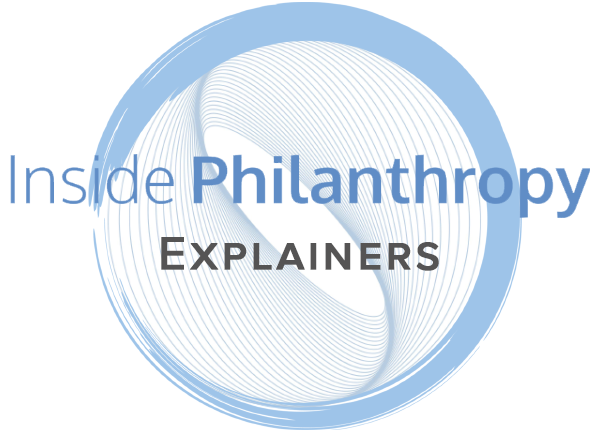IP Explainer: What is Multiyear Funding?
/What’s the difference between a grant and a gift — and how do you get one? How do foundations work? What’s all this about 501(c)(3)s versus (c)(4)s? These are just a few of the questions that might be running through your mind if you’re new to the world of philanthropy and fundraising.
It doesn’t need to be so confusing.
Inside Philanthropy has produced a series of brief “explainers” to introduce you to the basics of philanthropy, defining key terms and elucidating important debates to help you find your way through all the jargon to become a more informed, more effective fundraiser.
Today, we look at grant commitments that last for two or more years — and why they’re valuable for nonprofits.
What is Multiyear Funding?
A gift or grant that is committed for two or more years.
Allows nonprofits to plan longer-term and take on bigger projects.
Reduces the amount of time nonprofit staff spend on fundraising.
Multiyear general operating support is considered a philanthropic best practice.
Multiyear funding is support that is committed for two or more years. It can be program/project support, capacity-building support or general operating support.
What’s the value of multiyear funding?
Multiyear funding contributes to stable, sustainable, ambitious and effective nonprofits.
A multiyear project grant or capacity-building support can allow a nonprofit to take on a big, ambitious project without having to fundraise for it every year. Multiyear general operating support is considered best practice in philanthropy because it gives nonprofits stability and flexibility to serve their mission over the long term. (Unfortunately, it remains a bit of a golden goose.)
By providing guaranteed income for a number of years, multiyear funding frees up time nonprofit staff would otherwise spend on fundraising and lets them focus on the project or mission. Multiyear funding also enables nonprofits to do things like invest in big facilities projects and hire staff whose jobs will be secure from one year to the next — all of which can make the nonprofit more effective at serving its mission and constituents.
Multiyear funding also contributes to building a relationship of trust between funders and grantees as they partner over a sustained period of time.
How does it work?
Multiyear funding can be given in a lump sum or in installments (annual, biannual, or whatever schedule the funder and grantee agree upon). If given in a lump sum, the grant agreement can specify whether the nonprofit can spend the money as needed within the grant period or if they need to hold funds for use in agreed-upon yearly amounts. Usually, an agreement for a multiyear grant is legally binding, so a funder can’t casually pull out of a multiyear pledge.
You might also want to check out:
Debate: GOS vs Project Support
What is general operating support?









